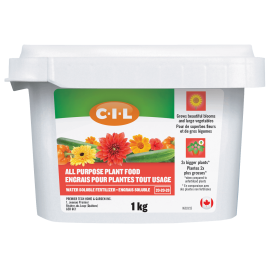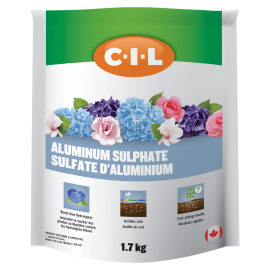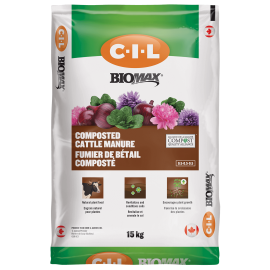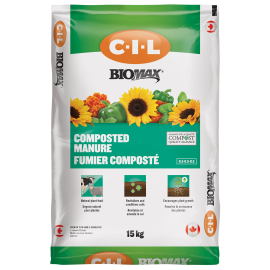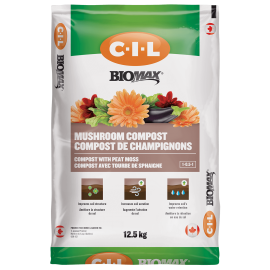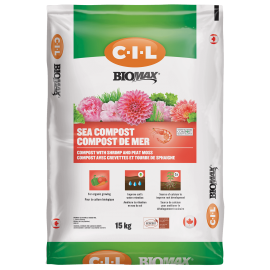Easy to Grow Fruits

Fresh fruit is delicious, but it’s so expensive, it only takes a few peaches, blueberries and cherries to raise your grocery bill in a big hurry. A less expensive option is to grow your own fruit.
Growing fruit takes some time and patience, but ultimately, it costs less and tastes better than supermarket fruit, which is typically harvested before it’s ripe and shipped over many miles.
The following fruit is easy to grow in the average backyard.
Raspberries and blackberries

Look for newer cultivars. Older varieties tend to be aggressive, but newer cultivars are much better behaved, thornless, and easier to pick. Raspberries and blackberries need well-drained soil and plenty of sunlight.
Strawberries

This delicious, easy-to-grow fruit is available in two primary types -- June-bearing strawberries, which produce fruit in June; and everbearing strawberries that produce fruit all summer. Plant new strawberries every three to five years, as older plants may die out.
Blueberries

Northern highbush blueberries are perfect for cold climates, and the dependable bushes produce for years. Blueberries need full sunlight and well-drained, acidic soil with a pH between 4.5 and 5.
Pears

Look for cold-hardy varieties such as Golden Spice or Early Gold. Like many fruit trees, pears are cross-pollinating, which means they need another tree nearby. Be patient, as pears produce fruit in three to 10 years.
Gooseberries

Varieties such as Poorman can tolerate temperatures as low as -40 C°, and the tart berries are delicious for pies and sauces. Leave the berries on the bush a little longer for sweeter berries.
Melons
Don’t forget fast-growing fruits such as watermelon and cantaloupes. Melons need plenty of space, as the vines can reach lengths of 7 m. or more. Make sure the plants receive ample warmth and sunlight.
Haskaps

This relatively unknown but increasingly popular fruit has a purplish blue color and its shape is compared to that of an elongated blueberry. Also known as edible honeysuckle, its unique taste is comparable to a blend of blueberry, blackcurrant and raspberry. Having a high content of antioxidants, haskaps can survive temperatures of -45 ° C.
